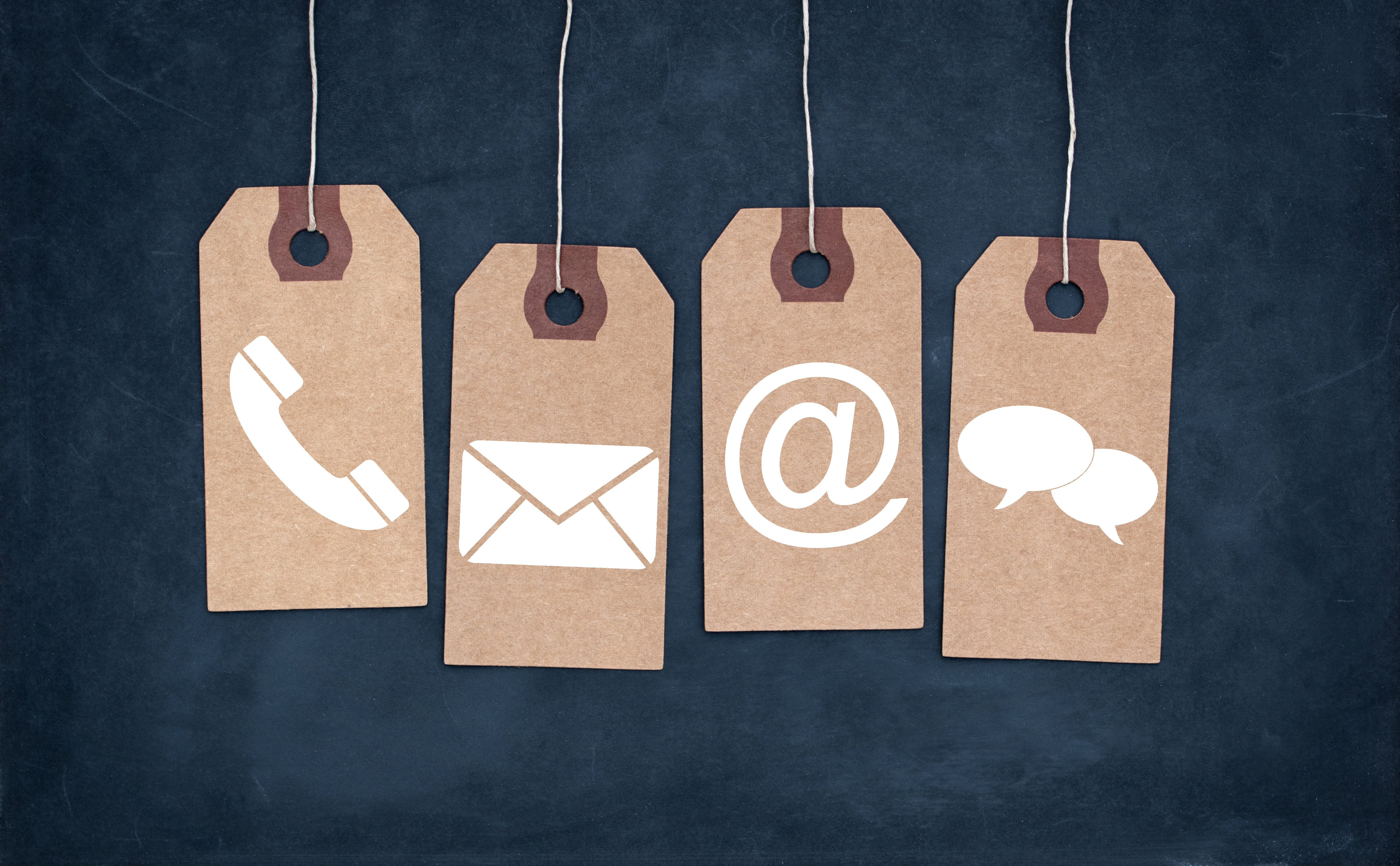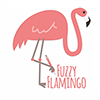You have finished writing and you are on your way to having a beautiful book. There are different printing routes to choose from, which we will discuss later, but printing and marketing are intertwined. You may feel like once you have your printed book in your hands that the journey has concluded; your dream of being a published author is complete. But Alistair Cross is quite right when he says, “I firmly believe that writers must take full accountability for their careers. It’s a business, and part of business is marketing. You wouldn’t slap an OPEN sign on the window of your new barber shop, go home, and wait for the money to start rolling in.” (https://www.goodreads.com/quotes/tag/book-marketing)
You can have the most beautifully written and produced book in the world, but if people don’t know about it then they won’t know they should buy it. You need to market your book effectively and give it the best push you can to improve your chances of it selling. And you shouldn’t just do this once the production is finished, you should be doing this from as early a point as possible to maximise the marketing potential. There are lots of ways you can do this, more than I can write about here, but let’s look at a few options.


Marketing
When it comes to marketing your book, whether you have been taken on by a traditional publisher or you are going it alone and self-publishing (see more on publishing options in my previous post: https://fuzzyflamingo.co.uk/flamingo-news/to-traditionally-publish-or-to-self-publish/), then it is still important to get behind your book and do the legwork to drive sales. A traditional publisher or a good self-publishing company (like the one I used to work for!) will usually market your book in two stages.
1. Booksellers
The first stage is marketing the book to the retail trade. This should usually be done at least six months before the official release date of the book because retailers (particularly the larger chains) are usually stocking books six months in advance. So, if you have written a Christmas book you need to be marketing to them in June/July (crazy, right?!). Your marketing contact (or you) will set up the bibliographic data for the book (ISBN, which is the unique sales code assigned to all books for sale, title, author name, etc.), notify the trade of the forthcoming book and then send an advanced information notification to the relevant retailers (e.g. if it is a history book then there are retailers that favour this genre and worth specifically contacting). If you are printing your books with a ‘print on demand’ method (I will come onto this with the printing options) then there is little point in doing this because retailers very rarely stock a print on demand book because of the way they would need to purchase them (they would have to order it on a ‘firm sale only’ basis where they would have to pay up front and not be able to return them, whereas they would usually prefer a ‘sale or return’ option where if they haven’t sold the book within a given time period they can return it).
2. The Media and Direct Consumers
The second stage is the PR and media marketing. This usually happens when the production of the book is nearing completion and the aim is to get coverage for your book with newspapers, magazines, radio stations, bloggers, etc. Your marketing contact (or you) will be talking to the relevant media streams that may be interested in your genre and may even submit a sample of the book for them to review (which is why it is a good idea to factor in time for this type of marketing between having the production and printing of your book completed and the official release date, as the media are more interested in forthcoming titles). This might mean you are invited to be interviewed, which is a great way to get exposure for your book and to drive sales, even if it is outside your comfort zone!
If you are self-publishing without the aid of a large self-publishing firm then there is a lot of marketing you can do yourself, but also lots of companies that can provide book marketing services for you. Just be aware of your budget, as prices vary incredibly (although you do usually get what you pay for, particularly with Media and PR marketing). My advice would be to ensure that if you are outsourcing the marketing you are happy that they have good experience working specifically with books and authors, as it is a niche field of marketing and one that requires expertise.
I am testament to being able to get good coverage through self-promotion, as I managed to get a fair amount of exposure for my chapter in Mumpreneur on Fire 4 (http://bit.ly/BuyMOF4), released at the beginning of this year (with the audiobook to be shortly released). I contacted my local papers and radio stations with a press release, photos of me and the book, plus a covering email of why they should write about me and the book. I got articles in the Loughborough Echo, Leicester Mercury, Syston Town News, Thurmaston Times and the Queniborough Gazette. I was also interviewed on BBC Radio Leicester and Elastic FM, which was a great experience. This all contributed to the sales and promotion effort from all 25 authors and we got to number one in several categories on Amazon, so hard work does pay off! Whether you are self-publishing, being traditionally published, marketing yourself or using a company, you should still put as much effort as you can into promoting you (as the author, you are your brand) and your book.

Printing
If your book is taken on by a traditional publisher then they will be the ones to choose the print run (the number of books to print) based on their marketing strategies, the pre-release interest they’ve gained in your book and their budget. If you are self-publishing, then this is something you need to think about yourself. There are two main categories when it comes to printing: print on demand and having a print run.
What is Print on Demand (or POD)?
Print on demand: This is the option you would take if you use a print on demand printer and distributor such as Amazon or Ingram Spark. There are pros and cons, as there are with having a print run. The pros are that you don’t have to pay upfront for a large quantity of printing and shipping because you simply upload your book files, then when they receive an order for it, they print and ship it directly to the customer, even as few as one copy at a time, as required. This removes a lot of the risk for you in terms of recouping printing costs, although recouping production and marketing costs is a different matter. This is because one of the downsides to print on demand is the printing price per copy. This is necessarily high because printing is a scale of economy, i.e. the more copies you print in one go the lower the unit cost per book is. And so, the printing cost for printing an individual copy of a book is at the highest end of the spectrum.
You just need to bear this in mind when calculating your cover price so that you are recovering the print cost, plus a little bit extra to go towards covering your other costs and hopefully making a profit with enough sales (whilst being careful not to price your book too high and putting readers off because it’s higher than every other book in the genre). Look around the marketplace for books in your genre and get a feel for the average price of your type of book and make sure you don’t undersell yourself or price your book too high, as either could be detrimental to sales.
Other downsides are the quality of the printing and the choices of printing materials. Because they are printing individual copies of books, print on demand printers need to group together as many orders for the same book size and paper type as possible to keep their costs down, as they would have to change the printer settings less often. This means there is usually a very limited selection of book sizes (not so much a problem for fiction, but more an issue for non-fiction or children’s books that are a little different, such as a landscape book) and paper type (again, not so much of a problem for fiction, but books with images will not look as good). If you are printing a high-quality arty photography book, for instance, the quality of print on demand printing wouldn’t be showcasing your work well enough.
What is a Traditional Print Run?
Traditional print runs usually entail printing 100 or more copies in one go with a traditional printer. The good things about doing this are: the more you print at once the lower the unit cost per book, the printing quality is usually better, the materials to print on are usually more varied (e.g. you can have amazing cover enhancements such as gold foil, embossing, spot gloss, etc. to make your book stand out from the crowd) and high street retailers are more likely to stock it on their shelves.
The main downside is that you need to store (in a dry, temperature-controlled place, so not your garage or loft, or near radiators!) and distribute your books yourself (or use a distribution company to do this for you, which has cost implications). Plus there is more of a financial risk because you pay for the printing of the books you want to sell up front. So, you need to have a clear marketing strategy and a good projection of how many you can sell (this will always be a gamble because various market factors plus luck comes into play) and how quickly you can sell them (particularly if you are using a distribution company because they will charge based on the number of copies they store for the length of time they’ll store them).

Selling your book
The price of your book has a big impact on the sales you will make, and it is very closely linked to both the marketing of your book and the way you print it. The print cost needs to be factored into the cover price to ensure that you are covering your costs when a sale is made. The way it is sold also has an effect because retailers will take a percentage of the cover price when they sell the book (that’s how they make money) and the percentage they take very much depends on who they are. Supermarkets take the largest percentage (often upwards of 70%), which is why you’ll mainly only see best-selling novels and celebrity books on their shelves. So it may not be worth marketing to that part of the market. Amazon is the biggest book retailer, which means they take the largest percentage (60% if you sell directly through them, but there are different ways of selling with them). As they are the largest player in the book market it is definitely worth selling through them, but you do need to take this hefty cut into account when calculating your profit margins.
So do your research, look around at the current market, and do your maths. Calculate your cover price based on the cost of printing one book, the percentage the biggest retailer might take (bearing in mind other retailers take less, and selling yourself directly will give you the best return as you keep whatever you sell it for) and the amount you’d like to make per sale. For example, if your book is £10, Amazon would take £6 (60%) and let’s say it costs £2 to print. That would leave you with £2 per sale through Amazon, which would be the lowest return you’d make. If that would make you a decent return on your investment without having to sell thousands of books then that is a decent cover price to have, as long as it is within the average price range of your genre.
So there you have it, the key ways to have a successful book: Write a good book, choose your publishing path, give it all you’ve got with the marketing and choose good printing options. After all that, you have a beautiful book, so now all you need is luck! So I wish you all the best. This is not a comprehensive guide to all the publishing options, so if you have any questions or would like to discuss this topic further please comment below or get in touch.







